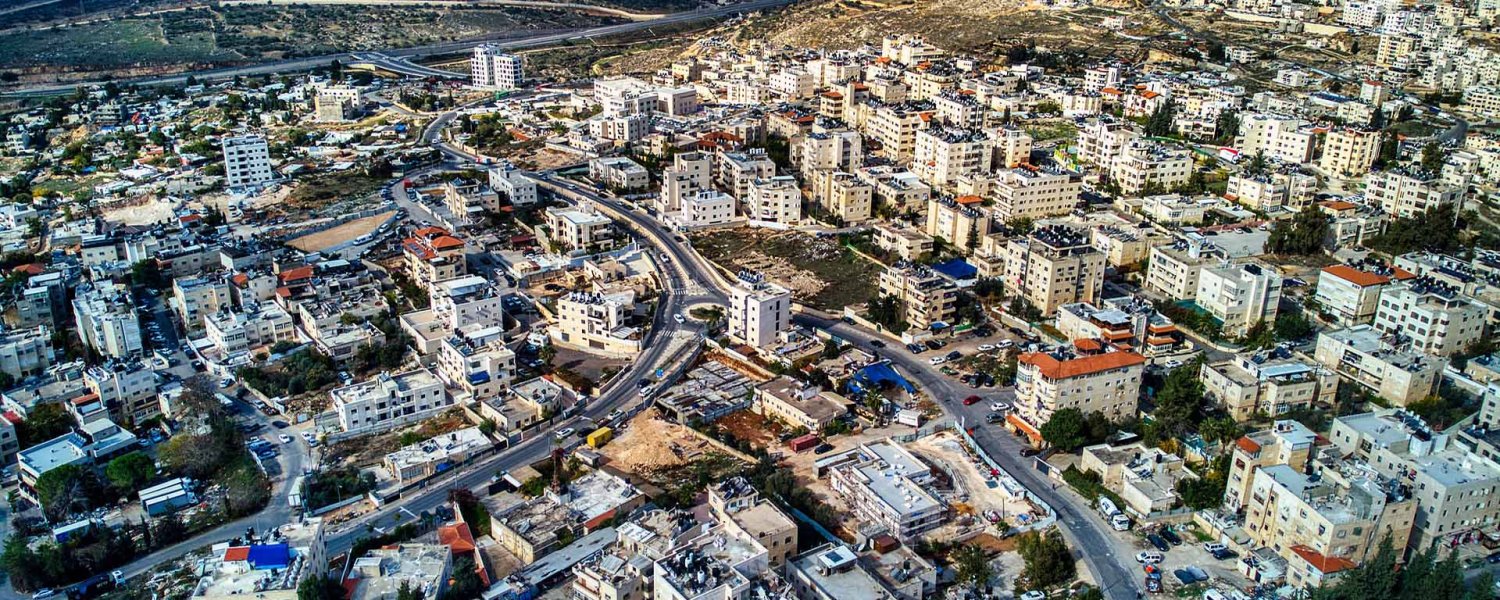Architect and town planner Simon Kouba admits that “for some reason, projects have been halted.” He believes that, while there are many obstacles to obtaining Israeli approval of a detail plan, with funding and “guts” these problems can be overcome.16
“Yes, there are severe problems, but we are used to them, and we can solve a large portion of them,” Kouba asserts. He says that Palestinians often have trouble proving that they own the land that they want to develop, as the land system that existed under the Ottoman Empire recognized shared ownership or masha’a (see The Complex and Unresolved Status of Land in East Jerusalem). In other cases, the Palestinian owners have been made absentees by the laws that Israel enacted after the 1948 and 1967 wars, stripping Palestinians who had fled or were not counted in the Israeli censuses of their residency rights (see How Israel Applies the Absentees’ Property Law to Confiscate Palestinian Property in Jerusalem). “These are serious problems that can be solved in different ways,” Kouba said.17
In cases where the land has no deed—the vast majority of cases—banks are unwilling to finance housing projects. “Our only solution is [to resort to] the Arab banks, but their conditions are very hard to meet for good reasons, and the bar is high,” he says. This means that there are only a small number of developers in the market, operating without government subsidies, because Israel does not support them and the Palestinian Authority is not allowed to operate in Jerusalem under Israeli law. This results in high prices for buyers.
Housing developed by and for communities are another solution, and Kouba says that this approach has been more successful, although the actual numbers have barely made a dent in the Jerusalem housing crisis. He lists a few recent modest successes, many of them on church lands where ownership is clear and there is some political clout to help projects move forward.
These include approval for 84 housing units in the Ras al-Amud area granted to the Latin Patriarchate. Separately, the Arab Orthodox Club in Jerusalem was given the green light to build 34 apartments on land owned by the Orthodox community in Jerusalem, and businessman Ibrahim Joulani was able to build more than 200 units in the Sheikh Jarrah area by obtaining the land and funding the process. In another private initiative, 55 units are being developed in the Beit Hanina Hills project, and businessman Bashar al-Masri (developer of Rawabi, the first Palestinian-planned city in the West Bank) has orchestrated Lana Neighborhood, a modern mixed-use 400-unit community planned to serve Palestinians. Some 100 units are under construction on land owned by the Greek Orthodox church on Nablus Road in Sheikh Jarrah.18
“All we need is will, funding, and the right professionals,” Kouba argues. “It is difficult, but there are solutions—we need funding and guts.”19


